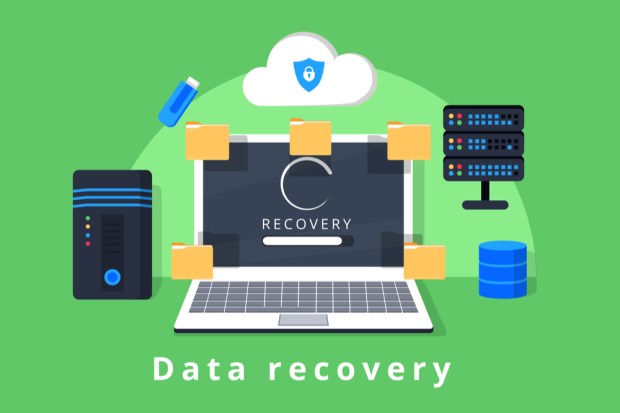The Dizzying Data Challenges Of Hybrid Cloud Adoption

The traditional financial services market is notorious for being slow to adopt new technologies, and sluggish upgrades to internal IT systems are a trend very much included in that reputation. But as the industry evolves, and as market pressure from innovative FinTechs weighs down, financial services providers are embracing the cloud in a big way.
Research from Intel Security released earlier this year found that enterprises across verticals have tripled their hybrid cloud adoption in the last year, from 19 percent to 57 percent. Nearly three-quarters said they plan to move to an entirely cloud-based data center within two years. Interestingly, Intel focused largely on the financial services market when collecting survey responses, suggesting FinServ is certainly participating in these trends. Indeed, 56 percent of respondents in the finance space said they have already deployed a hybrid cloud solution to store data — that is, using both private and public clouds.
But as enterprise cloud technology adoption increases in financial services and other markets, so does pressure from customers and regulators to gain more efficient control of data storage and recovery across private and public clouds.
David Safaii, CEO of data backup and recovery firm Trilio Data, recently told PYMNTS that the complexities of data management are changing and growing, especially as more enterprises deploy the hybrid approach to the cloud.
“You’re seeing clouds built all over the place,” he said. “The conversation does evolve into, ‘Now that I’ve got my on-premise or private cloud secure, let’s talk about how we can leverage that or move into the public cloud, because there may be some cost efficiencies.”
Private clouds are becoming easier for enterprises to deploy, helping businesses comply with emerging data protection requirements from regulators as a more customizable option for cloud storage, Safaii explained. But there are benefits to the public cloud, too, and organizations are increasingly taking this hybrid approach to cloud technology adoption. That introduces new challenges in data management, from migration of data between cloud systems to securing that data and being able to back it all up.
Trilio Data provides data backup capabilities for cloud service providers as well as cloud systems built using OpenStack, a popular open-source platform that can deploy both private and public clouds. But the rise in hybrid cloud adoption in the enterprise, plus the need for data to move between private and public cloud platforms, creates new challenges for businesses large and small. Safaii explained that this is because it’s not just about backup and recovery of data; it’s about the mobile apps that hold that data, too.
“If you look at the cloud, we’re talking about a distributed environment, co-mingled resources. And when you look at an application in the cloud, that app uses perhaps multiple virtual machines that are sharing data,” he explained. “It’s not just about the data itself. Recovering an application is not an easy thing.”
Traditionally, he said, IT professionals are actually using spreadsheets, “telling them how to stitch virtual machines back together to create an application.”
“It’s incredible,” he added.
There can be a lot of reasons why organizations will need to back up data and restore a mobile app built on the cloud to a very specific moment in time, said Safaii. It may be because of compliance requirements, or it may be because an enterprise needs to migrate data from their public to private infrastructure, or vise versa. Regardless, he explained, the conversation around data backup and recovery is increasingly playing a larger role in the overall topic of data and enterprise cybersecurity and resource optimization.
“There’s going to be a tremendous amount of spend within cloud infrastructure,” the CEO noted. “Things like data management and security are going to become more and more top of mind, especially when you think of not one or two clouds, but hybrid clouds and governance and risks associated with that.”
Corrupt data or ransomware, he said, mean enterprises will need a sort of “time machine” to recover and restore data and return to an app in a specific moment in time. Hybrid cloud deployment means recovering that data and putting it where it needs to be will be a challenge, and that’s changing the role of traditional IT systems, Safaii said. Traditional data recovery solutions no longer cut it.
“Traditional legacy solutions can be 25 years old,” he said. “They require appliances. They require agents. They’re not built for the cloud, and forcing this into a cloud environment is like glue and duct tape.”
The CEO cited research from IDG that predicts the majority of enterprise IT infrastructures will be entirely cloud-based by next year. Financial services players are no exception, as Intel Security’s report found. Between hybrid adoption of the cloud and stricter regulations around data security, the need for efficient data recovery will likely rise and continue to play a larger role in the overall topic of cybersecurity, too.
“The ability to protect, recover and migrate is a conversation that’s not just with cloud engineers,” he said. “We start talking at a higher level to CIOs. We talk about governance, the ability to move data between clouds perhaps for security reasons. The conversation will no doubt continue to evolve beyond data protection and back up into resource management and security as well.”
